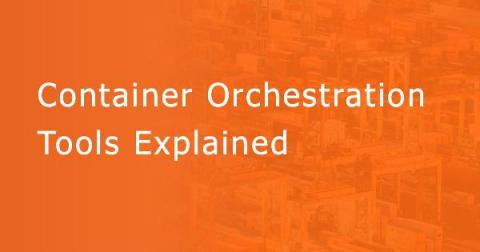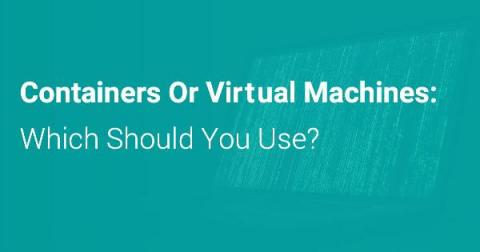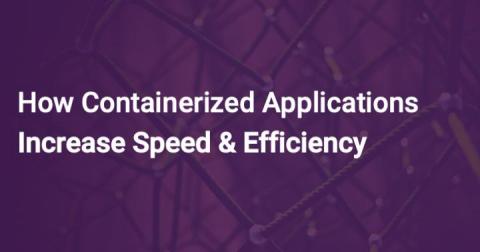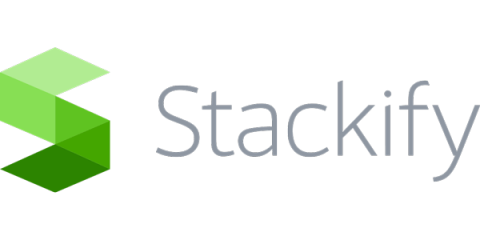Systems | Development | Analytics | API | Testing
Containers
Container Orchestration Tools Explained
The way we write, ship, and maintain software today has evolved drastically in the last few years. How we consume underlying infrastructure to run our software has matured significantly, in that we have seen a transition from bare metal to virtual machines to containers to micro-VMs.
Containers vs. VMs: Which Should You Use?
Both containers and virtual machines are virtual environments that comprise a number of computing components and are independent in nature, thereby allowing developers to scale applications in isolated runtimes. Both of these concepts aim at providing independent sets of resources to individual computing environments to ensure quick and reliable application performance.
The Best Guide to Docker, Kubernetes, & Container-Based Systems
Kong Ingress Controller Demo | Kong Summit 2020
How GPUaaS On Kubeflow Can Boost Your Productivity
Tapping into more compute power is the next frontier of data science. Data scientists need it to complete increasingly complex machine learning (ML) and deep learning (DL) tasks without it taking forever. Otherwise, faced with a long wait for compute jobs to finish, data scientists give in to the temptation to test smaller datasets or run fewer iterations in order to produce results more quickly.
How to Use Docker's Health Check Command
In this guide, we are going to see what a Docker health check is and how to configure it for your Docker containers. A Health Check means to check the health of any resource to determine whether that resource is operating normally. Here, it is about checking the health of Docker containers. If you’ve been using docker containers in production, you might have noticed that docker checks the status of a container by using the status of the process (PID) launched from the Docker file command.
Why do Kubernetes pods stay in pending state?
Kubernetes refers to an open-source platform managing containerized service. This portable system simplifies automation and configuration. You can link an app in a Kubernetes cluster and connect it to IBM Cloud Kubernetes service through the VPN. In this article, we will focus on why your kubernetes pod stays in pending state.
How Containerized Applications Increase Speed & Efficiency
Most modern applications today are being designed as a set of microservices with each service running as an independent application. This simply implies that one large application is broken down into small Apps running independently and only communicating with each other. This of course makes it much easier to build and maintain Apps but also offers way more value when combined with containerization technology.
How to configure HTTPS for an Nginx Docker Container
There are a few ways to effectively configure HTTPs for an Nginx Docker Container. In this guide, we will quickly cover configuration through the use of free certificate authority Let’s Encrypt. For plenty of people, using Let’s Encrypt to configure HTTPS for an Nginx docker container is a good option. A paid version like Comodo’s SSL certificates may make more sense if you want to increase the security of your site and server.











